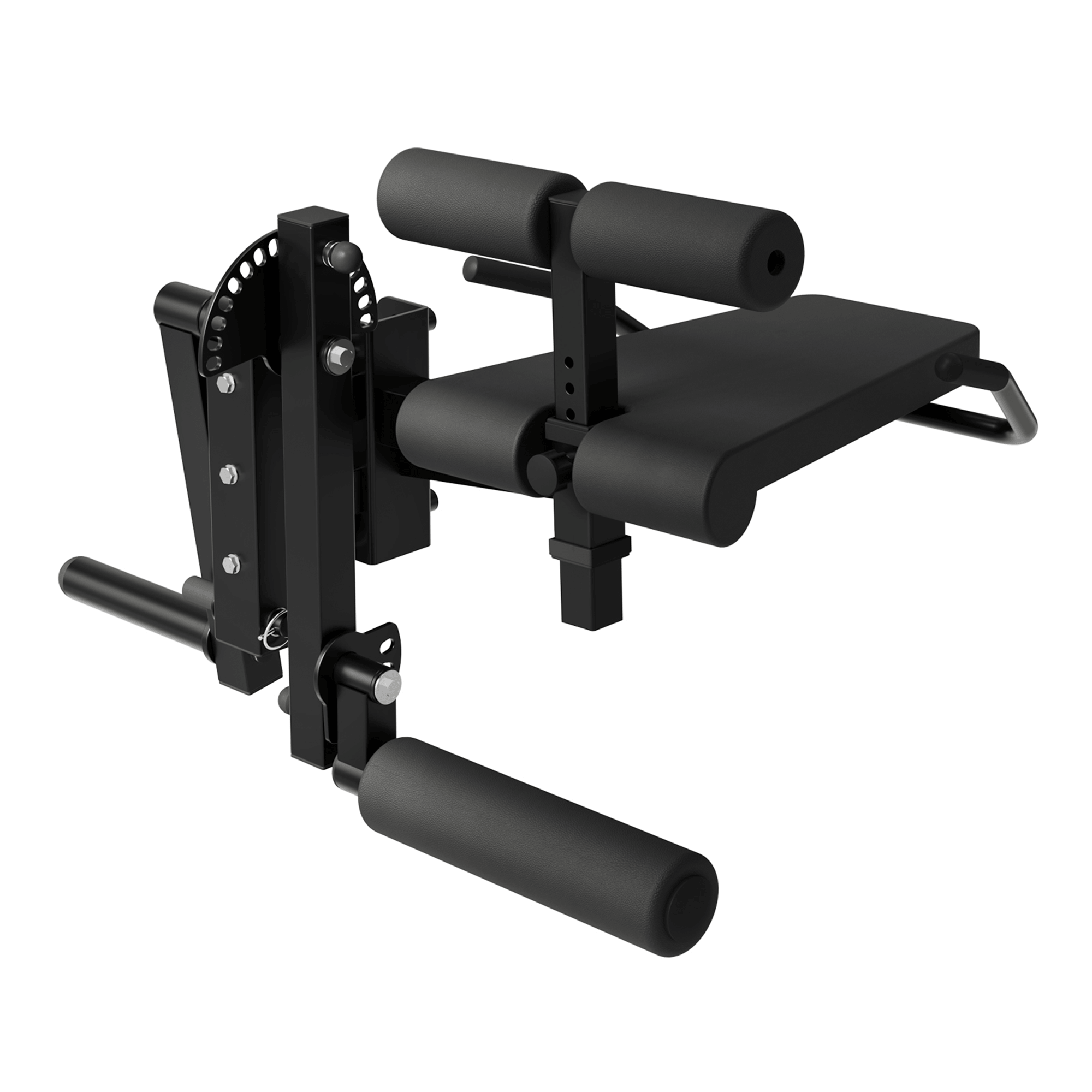Shoulder mobility plays a crucial role in everything from daily movements to athletic performance. Whether you're reaching overhead, pushing weights, or throwing a ball, having a healthy range of motion (ROM) in the shoulder is essential for fluid, pain-free movement. In this article, we’ll break down the ROM of the shoulder, covering both active range of motion (AROM) and the specific movements of shoulder flexion and extension.
What Is ROM of the Shoulder?
ROM (Range of Motion) refers to how far and in what directions a joint can move. When it comes to the shoulder, it's particularly important because it's the most mobile joint in the human body. The shoulder allows for multi-directional movement thanks to its ball-and-socket structure.
ROM in the shoulder is commonly assessed through:
-
Flexion (lifting your arm forward)
-
Extension (moving your arm backward)
-
Abduction and adduction (moving your arm out to the side or across your body)
-
Internal and external rotation
-
Circumduction (circular arm movement)
Each of these motions can be tested as either active (you move your shoulder using your own muscles) or passive (a therapist moves it for you).
What Is Shoulder AROM?
AROM stands for Active Range of Motion, which means how much movement you can achieve in a joint without assistance. In the shoulder, AROM is important because it reflects muscle strength, coordination, and joint health.
Common types of shoulder AROM include:
-
AROM shoulder flexion: Raising your arm in front of your body, ideally reaching 180°.
-
Shoulder extension AROM: Reaching backward, generally up to 60°.
-
Active abduction: Lifting your arm out to the side.
-
Rotation AROM: Rotating your arm inward (internal) and outward (external).
If you're recovering from an injury or dealing with conditions like frozen shoulder, rotator cuff tears, or arthritis, shoulder AROM becomes a critical measure of progress.
How to Measure ROM in the Shoulder
You can assess ROM in the shoulder using a goniometer—a tool that measures angles. During a clinical evaluation, physical therapists typically observe how far the shoulder moves through flexion, extension, and other movements.
Here are general guidelines:
-
Normal shoulder flexion AROM: 160° to 180°
-
Normal shoulder extension AROM: 50° to 60°
-
Normal abduction AROM: 160° to 180°
-
External rotation AROM: About 90°
-
Internal rotation AROM: About 70°
These numbers can vary depending on age, activity level, and history of injury.
Improving Shoulder Active Range of Motion
To improve shoulder active range of motion, consistent mobility work and strengthening exercises are key. Some effective strategies include:
-
Shoulder rolls and pendulum swings (for gentle warm-up)
-
Wall walks or finger ladder climbs
-
TheraBand resistance exercises for rotator cuff support
-
Stretching the chest, lats, and deltoids
Remember to warm up before stretching and to avoid pushing into pain—ROM gains come from regular, controlled movement.
When to Be Concerned About Limited ROM
If your shoulder ROM feels restricted, painful, or asymmetric compared to your other shoulder, it's worth consulting a physical therapist. Common issues that affect ROM include:
-
Shoulder impingement
-
Rotator cuff injuries
-
Labral tears
-
Adhesive capsulitis (frozen shoulder)
Early intervention can prevent long-term stiffness and dysfunction.
Final Thoughts
A well-functioning shoulder requires full, pain-free active range of motion. Whether you're aiming to improve performance, recover from injury, or prevent future problems, understanding the ROM of the shoulder—especially flexion and extension AROM—empowers you to move smarter and train safer. Incorporate mobility checks and exercises into your routine to keep your shoulders strong, stable, and mobile.













































Leave a comment
This site is protected by hCaptcha and the hCaptcha Privacy Policy and Terms of Service apply.